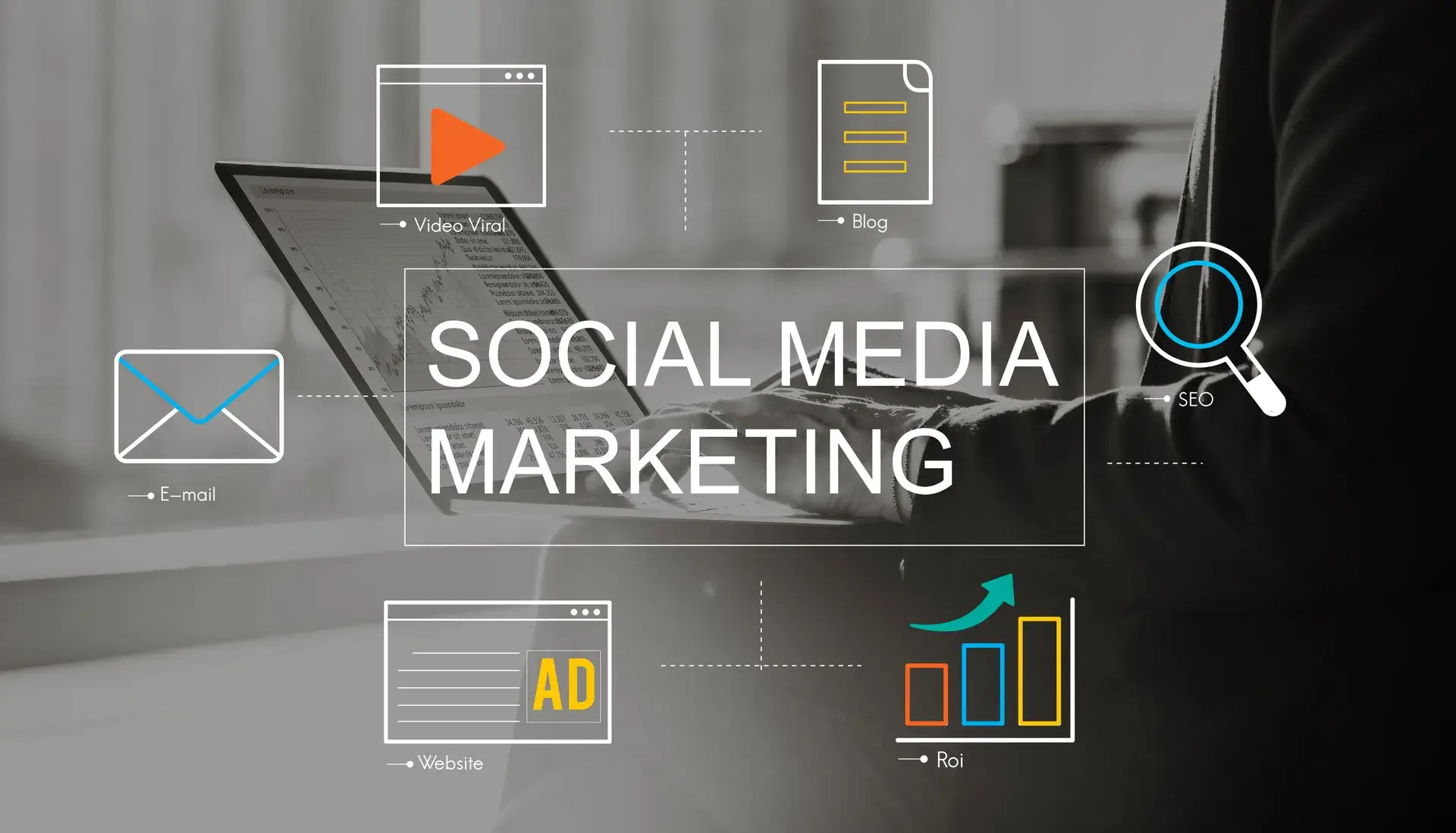Creating compelling advertising copy is essential for engaging your audience and driving conversions. Whether you're crafting ads for social media, Google Ads, or print materials, the right techniques can significantly improve your message's impact. In this guide, we will explore various advertising copywriting techniques that can help you connect with your target audience and enhance your marketing efforts.
Understanding Your Audience
The first step in effective advertising copywriting is understanding your audience. Knowing who they are, what they want, and how they think will allow you to tailor your message appropriately. Some tips for understanding your audience include:
- Conduct Market Research: Use surveys, focus groups, and online tools to gather insights about your target market.
- Create Buyer Personas: Develop detailed profiles of your ideal customers to guide your messaging.
- Analyze Competitors: Look at what your competitors are doing and how their messaging resonates with their audience.
Crafting Compelling Headlines
Your headline is often the first thing potential customers will see, making it crucial for grabbing their attention. To craft effective headlines, consider the following:
- Keep It Concise: Aim for clarity and brevity. Headlines with 6-10 words are often the most effective.
- Incorporate Power Words: Use strong, persuasive words that evoke emotions and curiosity.
- Ask Questions: Engaging questions can pique interest and encourage readers to explore your ad further.
Using Emotional Triggers
Emotions play a significant role in consumer decision-making. By tapping into the emotions of your audience, you can create more impactful advertising copy. Consider these emotional triggers:
- Fear of Missing Out (FOMO): Highlight the urgency or exclusivity of your offer to encourage quick action.
- Happiness: Use positive language that evokes joy or satisfaction associated with your product or service.
- Trust: Incorporate testimonials or success stories to build credibility and reinforce your message.
Utilizing Short Sentences and Bullet Points
In the fast-paced world of advertising, clarity is key. Using short sentences and bullet points can enhance readability and ensure your message is easily digestible. Here are some best practices:
- Break Up Text: Use short paragraphs and bullet points to make your content more skimmable.
- Avoid Jargon: Use simple, straightforward language that everyone can understand.
- Single Idea Focus: Keep each sentence and bullet point focused on one key idea to maintain clarity.
Incorporating a Strong Call to Action
A compelling call to action (CTA) is essential for driving conversions. Your CTA should be clear, concise, and motivational. Here are some tips:
- Use Action Words: Start with action verbs like “buy,” “sign up,” or “discover” to encourage immediate responses.
- Create Urgency: Phrases like “limited time offer” or “act now” can prompt faster decision-making.
- Be Specific: Clearly state what the audience will get by following through with the CTA.
Conclusion
Mastering advertising copywriting requires practice and a deep understanding of your audience. By incorporating the techniques outlined in this guide—understanding your audience, crafting compelling headlines, using emotional triggers, utilizing concise text, and incorporating strong calls to action—you can create effective advertising campaigns that resonate with potential customers. At Prebo Digital, we specialize in creating impactful advertising strategies that drive results. Need help implementing these techniques? Contact us today for expert assistance!














